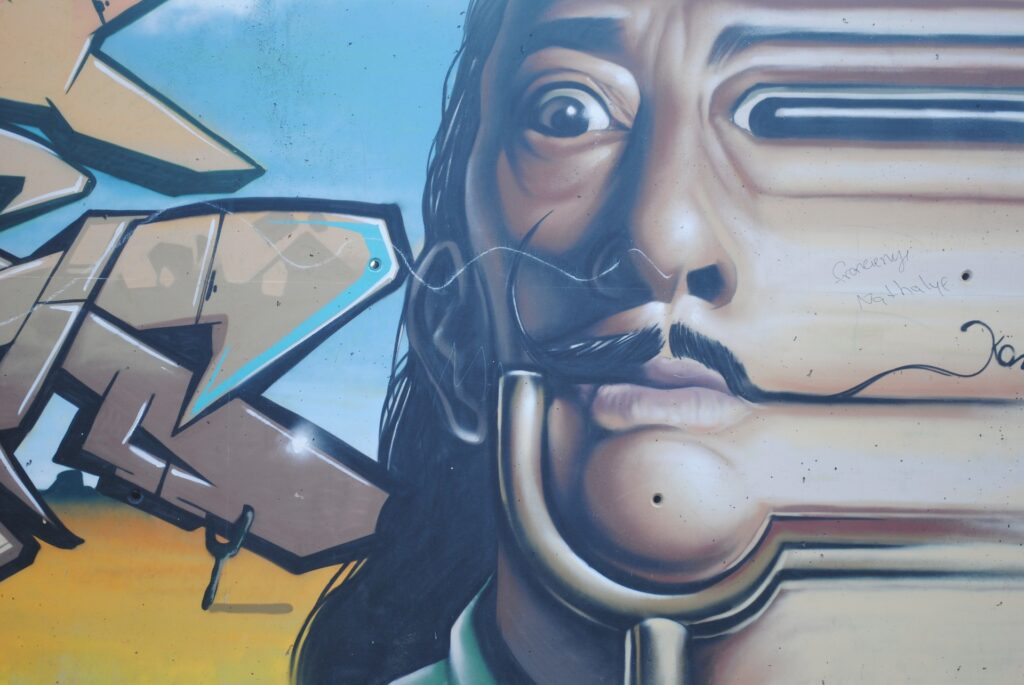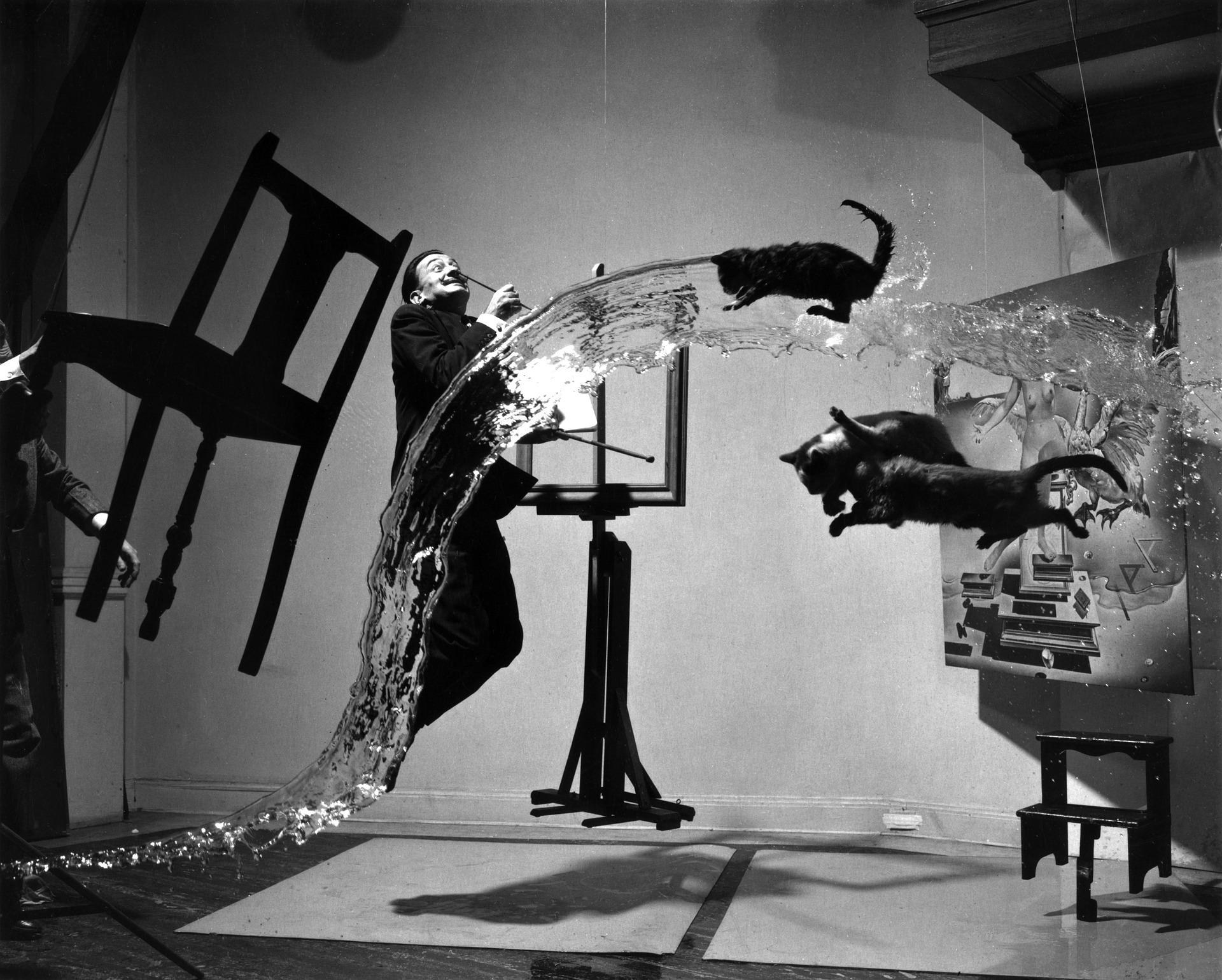Salvador Dalí was one of the world’s most brilliant and creative minds. His surrealist style of art include paintings, photography, design, and countless others. His influence on the world of art and society as a whole is incalculable. To have achieved this, his extraordinary mind must have been kept in prime condition. Creativity of that level requires healthy mental stimulation and care.
We know from scientific research that good sleep boosts creativity. Much of our creativity comes from the right side of the brain. Peak brain function requires a full night’s rest and feeling energised. On the other hand, lack of quality sleep provides fogginess, lack of memory and problems focusing. Dalí would have to be very well-rested to work so well.
From his own recommendation and sleep research, we know Dalí did sleep well. His technique involved sleeping in a chair, holding an object. This was often a loud object when moved, like keys. Once consciousness is lost, your arms will eventually droop and the object will be dropped. The sound of this hitting the floor should be loud enough to wake you up. Then is an ideal time to get working, according to the theory.
In a way, Dalí is recommending a nap. Short bursts of sleep, when done correctly, helps resurge energy during the day. Our guide to napping effectively offers advice on short sleeps. This guide recommends napping for around 20 minutes, in line with this technique. Naps also help improve memory and overall mood, which creates an ideal state to start getting creative or start any kind of challenging work.
The Scientific Support for Salvador Dalí’s Technique

For the most part, sleep scientists agree with Salvador Dalí. Dalí did regard sleep as a waste of time, while most scientists recommend around 8 hours of sleep a day. However, the benefits of sleeping for a short period of time have long been clear. An afternoon slog of tiredness is a huge problem for many, and naps can help improve productivity.
Dalí’s technique has been tried in controlled studies. These studies involved comparing those who tried the technique compared to those who didn’t. This early stage of sleep is categorised as N1 sleep – a lighter form of sleep. It typically only lasts less than half an hour. While being able to dream all sorts of imagery in this stage of sleep, you can still hear what’s going on in the room. Not being in a deep sleep means awakening will be easier and you will feel less sluggish.
Studies then asked participants to solve a mathematical problem upon waking up. These problems involved a “hidden rule” – a pattern that helped provide the answer. The study found that those who achieved N1 sleep tripled their chances of finding the hidden rule.
Salvador Dalí’s technique has been called a “cocktail for creativity“. This is because N1 sleep provides the best of both wake and sleep. Being able to step out of your head and dream helps provide inspiration. At the same time, avoiding the pitfalls of a deeper sleep helps you stay alert and remain energised.







